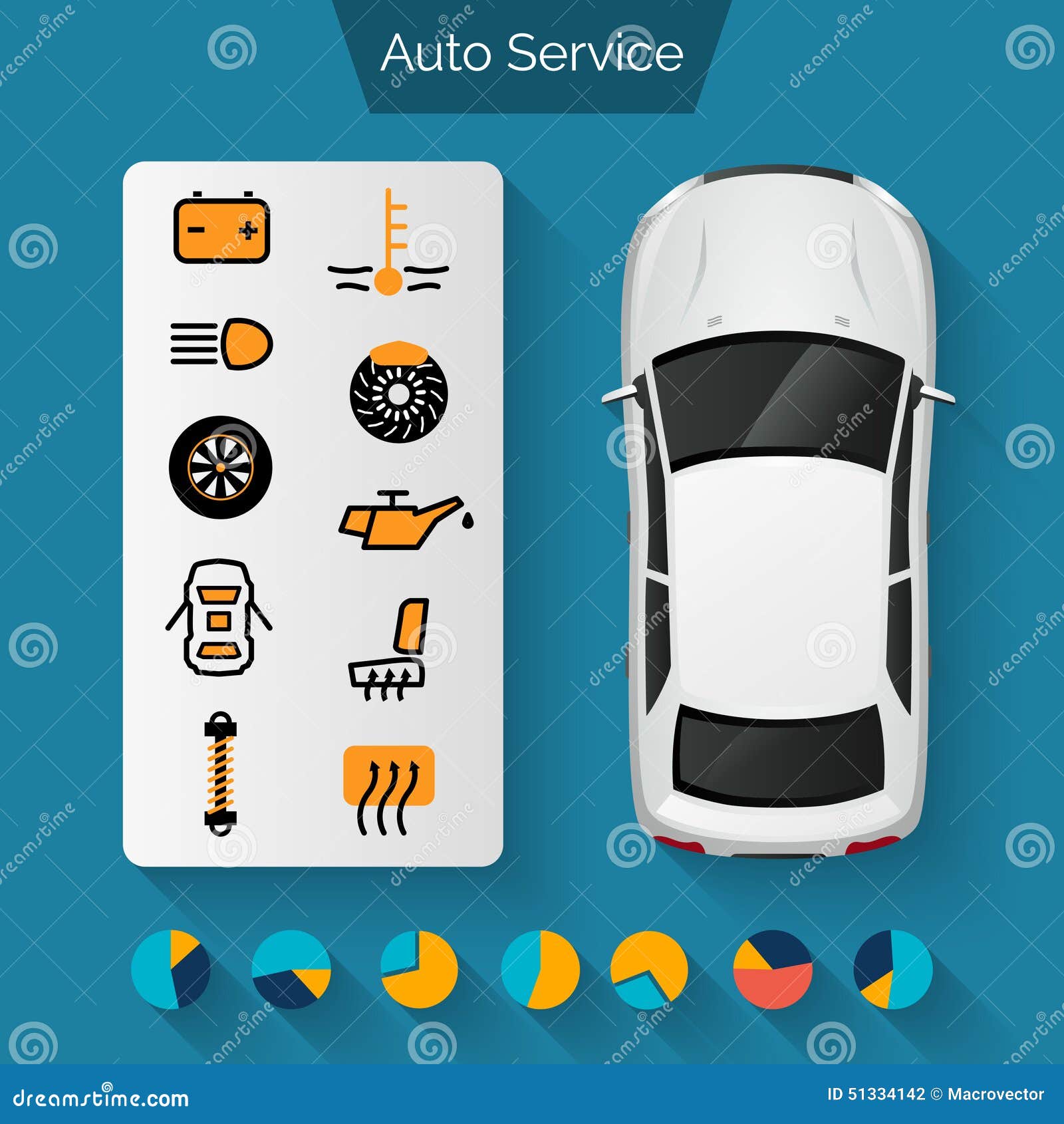Decoding Your Automobile'S Caution Indicators: What They Genuinely Indicate
Decoding Your Automobile'S Caution Indicators: What They Genuinely Indicate
Blog Article
Writer-Higgins Stark
When you lag the wheel, those radiant warning lights on your control panel can be a bit complicated. Do you understand what they're trying to tell you concerning your car's health and wellness? Comprehending the significance of these lights is vital for your safety and security and the durability of your lorry. So, the next time one of those lights turns up, wouldn't you want to analyze its message precisely and take the essential actions to resolve it?
Common Warning Lights and Interpretations
Identify usual warning lights in your car and understand their significances to make sure secure driving.
The most common warning lights include the check engine light, which signals problems with the engine or exhausts system. If this light comes on, it's crucial to have your lorry checked immediately.
The oil pressure warning light shows reduced oil stress, requiring instant focus to avoid engine damage.
A blinking battery light could suggest a damaged charging system, potentially leaving you stranded otherwise attended to.
The tire pressure surveillance system (TPMS) light alerts you to low tire stress, influencing lorry stability and fuel efficiency. Ignoring this can lead to dangerous driving conditions.
The abdominal light suggests a trouble with the anti-lock braking system, jeopardizing your capacity to stop quickly in emergency situations.
Lastly, the coolant temperature alerting light warns of engine getting too hot, which can lead to extreme damage if not resolved promptly.
Comprehending these typical warning lights will aid you attend to issues without delay and keep risk-free driving conditions.
Relevance of Prompt Interest
Recognizing the common caution lights in your vehicle is only the primary step; the value of immediately attending to these cautions can't be stressed enough to ensure your security when traveling.
When a warning light brightens on your dashboard, it's your car's way of connecting a prospective concern that needs attention. Overlooking auto and marine detailing can cause more severe troubles down the road, endangering your safety and possibly costing you extra out of commission.
Trigger attention to cautioning lights can prevent malfunctions and crashes. For example, a flashing check engine light can indicate a misfire that, if left ignored, might trigger damage to the catalytic converter. Resolving this quickly can save you from an expensive repair work.
Likewise, a brake system warning light might signify low brake liquid or worn brake pads, crucial parts for your security when driving.
Do It Yourself Troubleshooting Tips
If you see a caution light on your control panel, there are a couple of DIY fixing pointers you can try prior to seeking specialist assistance.
https://www.repairerdrivennews.com/2021/11/02/lkq-revenues-profits-from-recycled-parts-outpacing-aftermarket-business/ is to consult your vehicle's manual to recognize what the details warning light shows. In some cases the issue can be as basic as a loose gas cap causing the check engine light. Tightening up the gas cap may solve the issue.
Another usual problem is a low battery, which can cause numerous advising lights. Checking the battery links for corrosion and guaranteeing they're secure might repair the problem.
If a warning light lingers, you can attempt resetting it by separating the cars and truck's battery for a few mins and then reconnecting it. Additionally, checking your lorry's fluid degrees, such as oil, coolant, and brake liquid, can aid fix warning lights related to these systems.
https://brake-check28495.loginblogin.com/36675009/the-ultimate-overview-to-automobile-detailing-materials-what-every-beginner-should-know
In conclusion, recognizing your cars and truck's warning lights is crucial for maintaining your vehicle running efficiently and securely. By immediately attending to these notifies and understanding what they suggest, you can stay clear of costly repair work and prospective malfunctions.
Keep in mind to consult your vehicle's handbook for particular details on each advising light and do something about it as necessary to ensure a trouble-free driving experience.
Remain notified, remain secure when driving!
